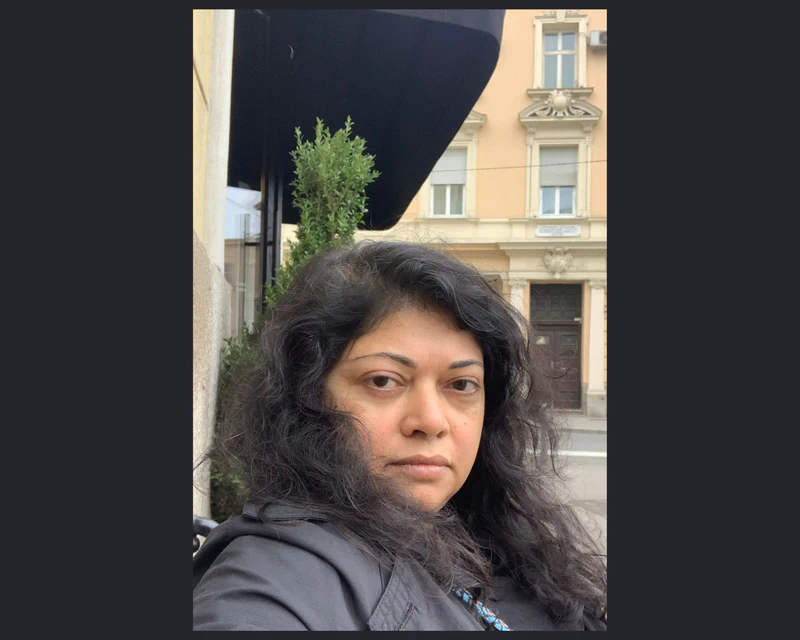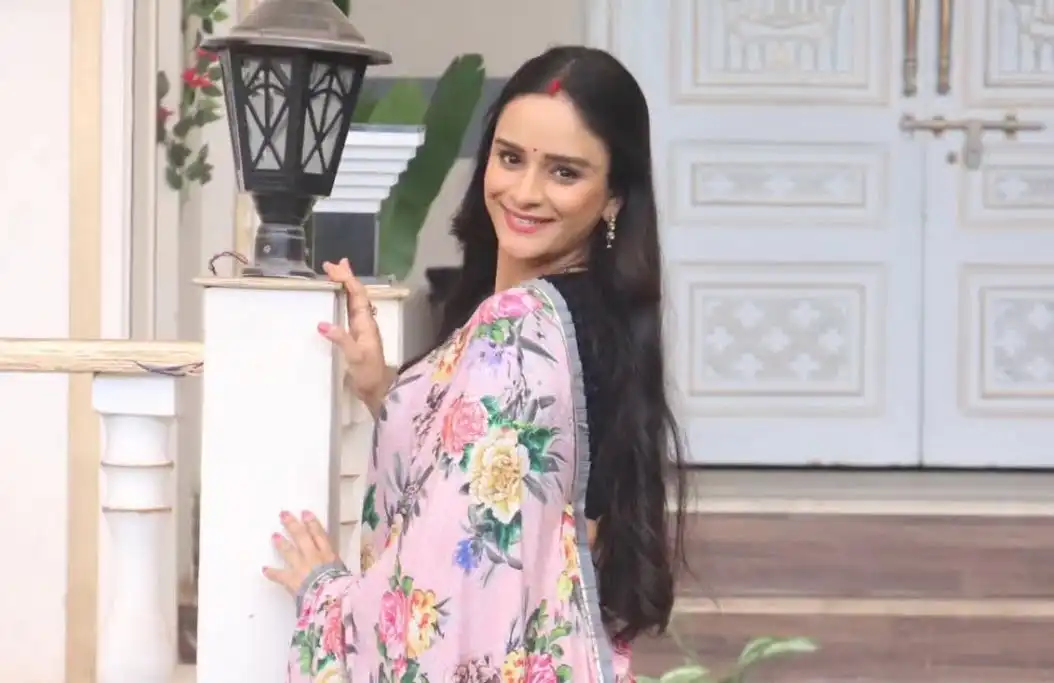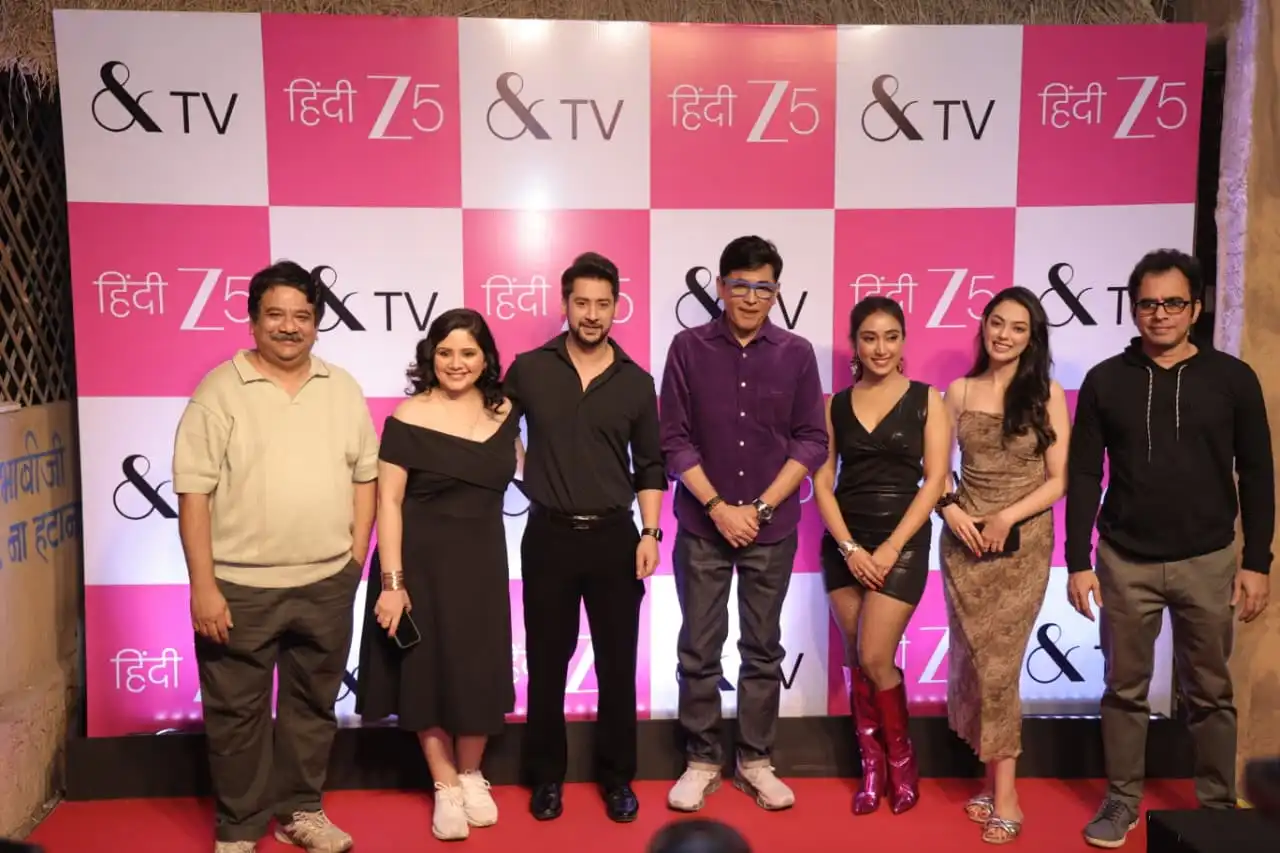Who hasn’t heard of folklore with dayans and chudails playing the central characters? And writer-producer Mrinal Jha, who is the woman behind writing shows like Naagin, Pishachini, Divya Drishti, and Nazar, to name a few, says her supernatural shows are inspired by those fables. While she confessed that she has been fascinated by the supernatural genre, she actively interacted with people from villages to get more insight into the stories.
She said, “One thing that struck me recently is how, outside of our culture, there’s the whole Twilight series or the entire vampire universe that has been created. It all stemmed from the simple folklore of Dracula. From there, a vast universe of vampire love stories and vampire detectives emerged, spawning numerous shows. Similarly, there’s the superhero genre, where countless variations have sprung from one simple story.”
“We hadn’t explored our own folklore in depth for quite some time. We have our dances, chudels, and various folk characters. Though these, rural legends, exist throughout India as little stories scattered across the country, yet we hadn’t delved much into them. The idea was to delve into that world and create a universe around it. That’s what happened with Naagin, where we explored the entire Naagin folktale,” she added.
Mrinal also shared that shows like Nazar, Divya Drishti, and Pishachini, are all explorations of the Dayan, Chudail, and Pishachini worlds. For her, the concept was to create universes around these characters, making them fantastical, and allowing for further exploration and spin-offs. Mrinal further said that ensuring cultural authenticity was actually quite straightforward in those shows because these characters, like the Dayans and Pishaches, all stem from stories heard in the smallest of villages across India. She said, “The relatability is incredibly high. In fact, when I began working on projects like Nazar and Divya Drishti, I actively engaged with people from even the most remote villages and similar places. I found that everyone had heard about a Dayan, a Chudail, or a Pishach. Each person was aware of some story or another. Therefore, I believe the connection was immediate,” she said.
“We drew heavily from these beliefs and then expanded upon them. One of the reasons this genre resonated so well was because these stories are ingrained in our culture. Nearly everyone, during their childhood, has heard a story or two about these fantastical creatures. The interest was simply there—an immediate desire to watch stories about them,” she added.




